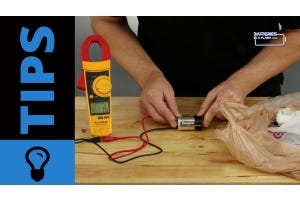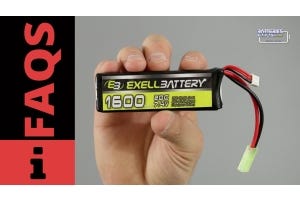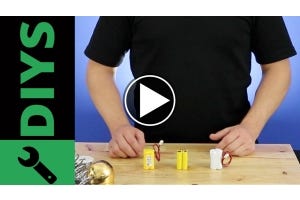How Exactly do Lithium-ion Batteries Work? Part 2

Lithium battery packs come in all shapes and sizes but share mostly the same components. If you were to open up a battery pack you would find several components. It is recommended not to open the battery pack, as it can lead to shortages and/or fires. The first component to look at is the actual battery cell. These battery cells almost resemble AA batteries in most cases. Some can be shaped similar to a 9-volt battery. These are the life blood of the battery. The pack also has several components to monitor the battery.
So What Makes up a Lithium Battery
These components include temperature sensors to make sure the batteries do not over heat. Another component is the voltage converter and regulator circuit that monitor the draw on the battery . A voltage tap monitors each cell in relationship to the battery. A battery charge monitor is a small computer that monitors the charging as the name implies. Lastly, the battery has a shielded connector that connects to the laptop. The regulatory equipment is designed to protect the battery in the event of overheating, or completed draining. The on board computer is the reason the batteries have a five percent draw per month.
The battery cells are constructed of a metal casing and several internal layers. The casing holds a tightly wound spiral consisting of three layers. These three thin sheets of material are a positive electrode, a negative electrode and a separator. The sheets are submerged in an organic solvent to act as an electrolyte, such as ether. The separator does as the name implies to separate the two electrodes but still allow ions to flow through from each electrode. The positive electrode is made of Lithium Cobalt Oxide (LiCoO2). The negative electrode is simply made from carbon.
Its Got What Batteries Crave.. It's got Electrolytes
Essentially, the electrolyte allows the ions to move from one electrode to the other during charge and discharge. During charge, the electrons move from the lithium to the carbon. During discharge the opposite happens, the electrons move back to the lithium. All of this process is contained within the metal casing and insulation of the battery cell. A Positive Temperature Coefficient is added into the battery cell to make sure the chemical reaction does not over heat. The chemical reaction occurs at a higher voltage which produces more heat.
Normal alkaline AA cell batteries produce 1.5 volts. The voltage is required to push the electrons and cause the reaction to occur. A lithium-ion reaction occurs at a much higher voltage. In order to make the lithium ions move each cell produces 3.7 volts. The higher voltage produced is the reason that lithium-ion batters are more compact than normal alkaline batteries. The small size allows them to be used in devices such as iPods and cell phones. This is essentially how a lithium ion battery operates. Knowing how they work allows people to understand how to prolong that life.
Keep Reading
How Exactly do Lithium-ion Batteries Work? Part 1
How Exactly do Lithium-ion Batteries Work? Part 3
Various Sources used to compile the blog..






